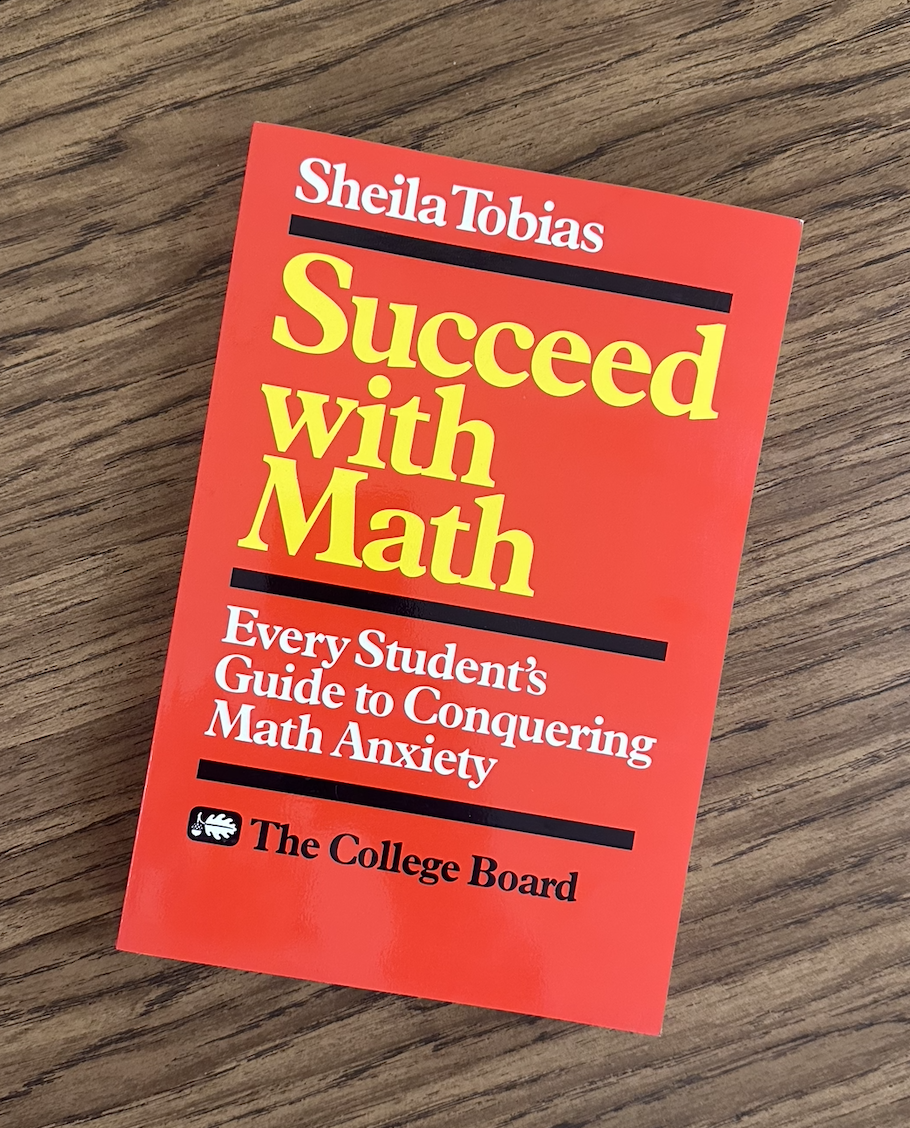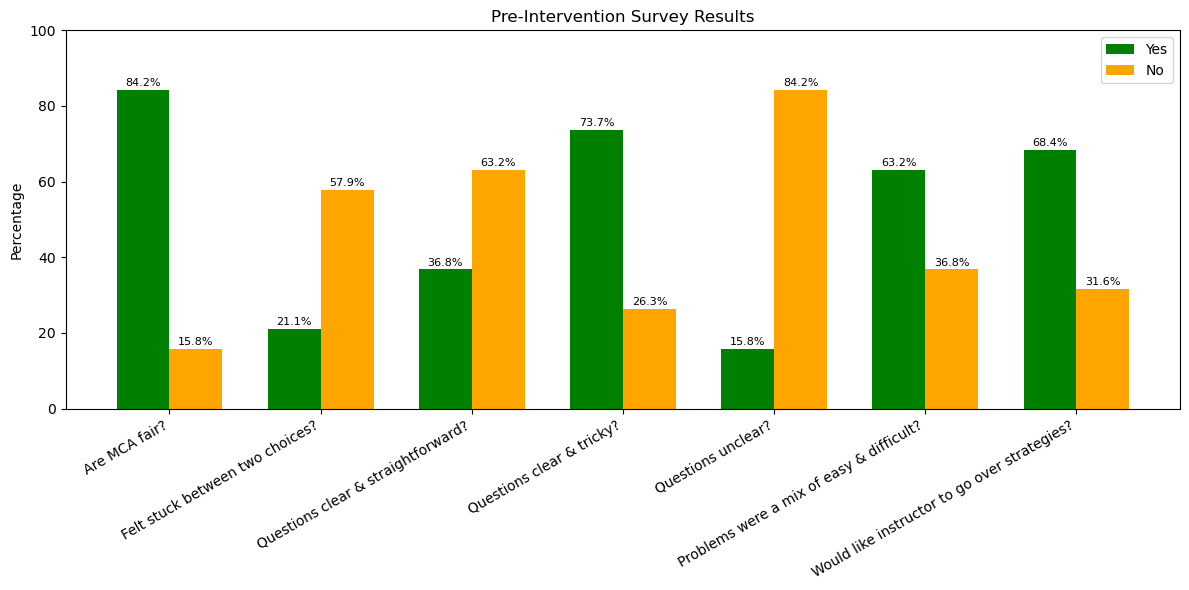Taught a 100-level College Algebra course of 31 students (Spring 2025)
- Mostly freshmen and sophomores
- 1500 students take the course across the university coming from various educational backgrounds and disciplines
- Ensure students are tested and graded at the same level
- The Department of Mathematics assesses student progress via three midterm multiple-choice exams and one cumulative final multiple-choice exam
- All of the exams make up 75% of their final grade







